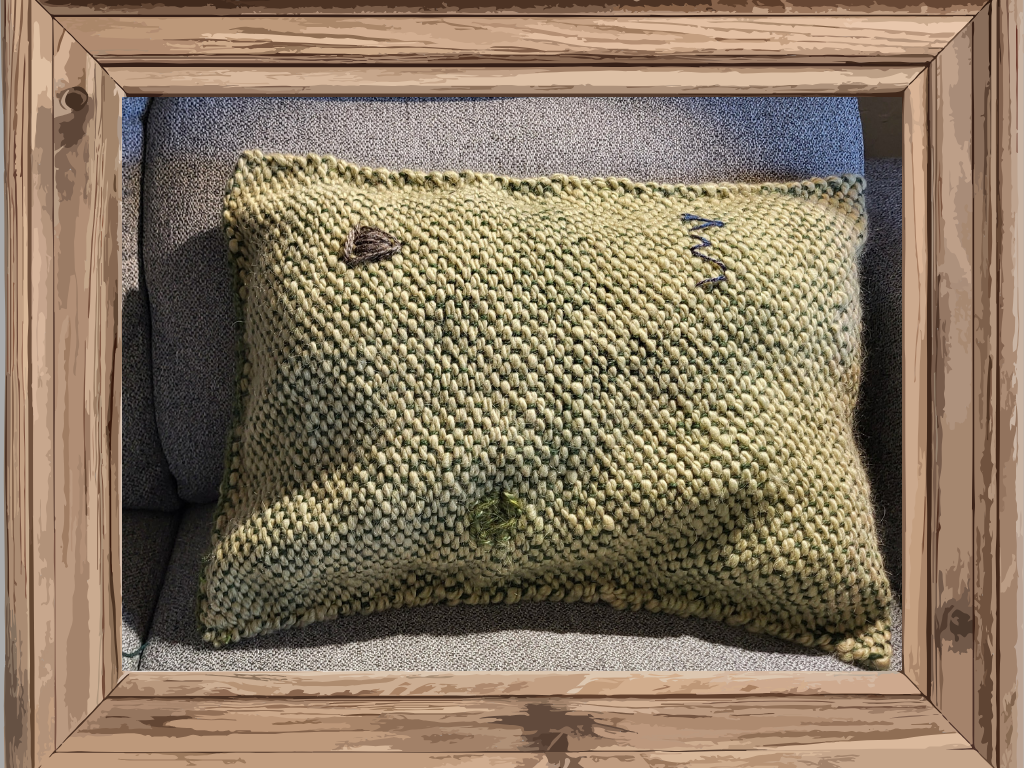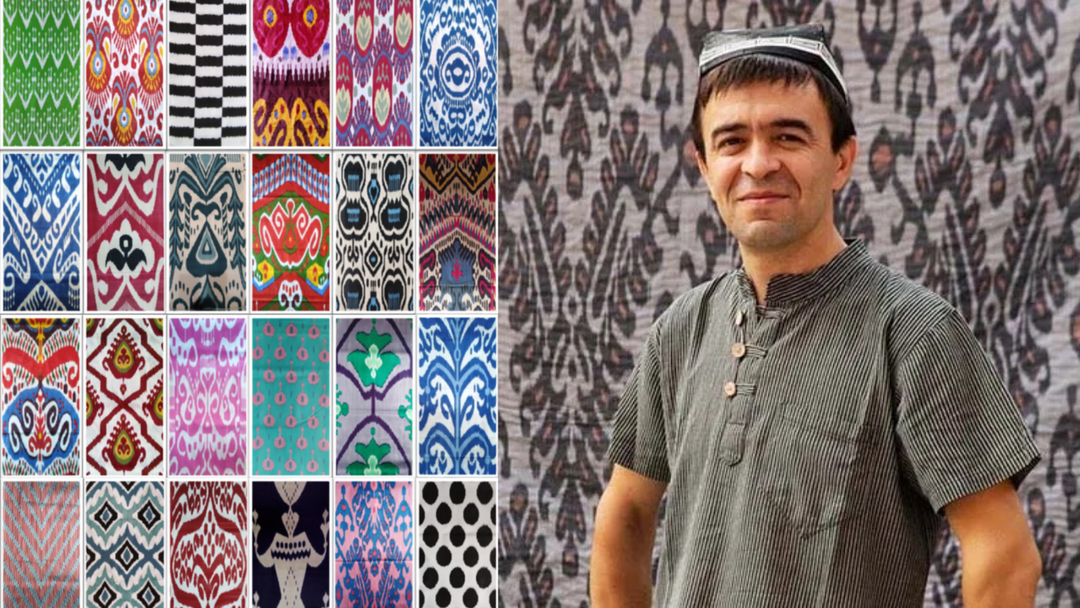One of the things I love about working with our artisan partners is the chance to see how the same techniques and patterns find their way around the world. This bedcover and pillow set features a couple of patterns that are very traditional in Central Asia, and also familiar to us in the West.

Hand embroidered pillow covers, featuring the "Qalanfur" pattern, from Armughon Handicrafts of Tajikistan.
PAISLEY AND "QALANFUR"
“Qalanfur” means “pepper” in the Tajik language and is a common motif used in suzani embroidery throughout the region. The true origin of the meaning of the qalanfur pattern is shrouded in the mists of time, but it has been passed down to the modern Central Asian suzani masters as the symbol of the “beginning of the beginnings,” probably because it looks like an embryo in the womb. It symbolizes the beginning of life.
The qalanfur also looks like an almond (“bodom”), and also symbolizes fire and protection from the evil eye. For this reason, in traditional suzani embroidery, the curly part of the qalanfur/almond may be red, to reflect the flames of fire. Like many suzani patterns, fire also carries a second meaning: life and warmth. Perhaps the bitter taste of the wild almond and the hot taste of the pepper was the original source of the symbolic meaning to scare away evil spirits.
Although the exact routes from East to West are shrouded in history, the traditional Central Asian qalanfur has become known in the West as "paisley".

The traditional triangular patchwork pattern known as "tumar" in Central Asia.
PATCHWORK "TUMAR" AND "FLYING GEESE"
The triangular patchwork pattern known as "Flying Geese" in the West is known as the "tumar" pattern in Central Asia. In this region, patchwork, known as "quroq," is traditionally considered a talisman, spiritually protective. It is used to make clothing for women and children, as well as gifts for the dowry of a bride, such as a tablecloth (dastarkhan), a wedding veil, and patchwork pillows.
The shape of the patches have particular meanings. Triangular patches symbolize protection against the evil eye. Rhombus or square patches often carry the image of a human face or form, representing the human spirit, and protecting that person from evil. The material and size of the fabric also carry historical meaning, often having to do with wealth and status. If something was made from small pieces of fabric, it was thought that the owners were prosperous, owned land and property, and were successful in cattle breeding.
While in much of Tajikistan quroq would be used for a ceremonial tablecloth, in the upper reaches of the Zarafshan (the home of our artisan partner Armughon Handicrafts) it would have been forbidden to use a patchwork table dressing at a commemorative event. This possibly has to do with mortality, and the fact that the moments when quroq patchwork is most relevant are also the most vulnerable--maternity, childbirth, the first days and years of a newborn, marriage, especially of young couples, the days following a wedding, and sleep. Quroq is often used to make children’s clothing, blankets, and dressing for cradles, and having children has almost always been precarious and dangerous. Thus quroq's use has associations with the fragile mortal life of a child.
This one-of-a-kind handmade bedcover set is available to transform your bedroom from ordinary to unique and memorable. To purchase, just click here.







Leave a comment